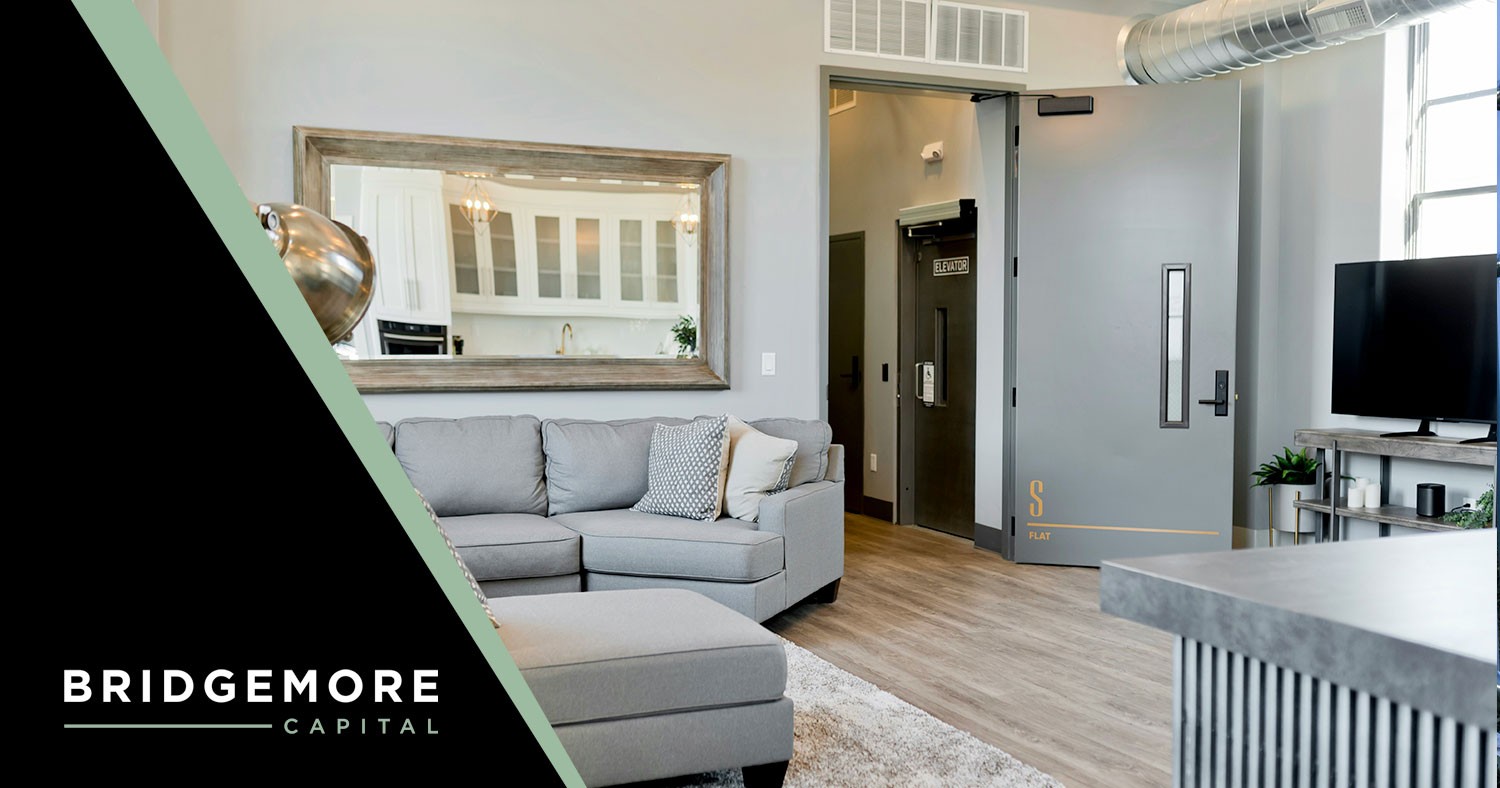Investing in Houses in Multiple Occupation (HMOs) can be a lucrative property investment strategy, providing higher rental yields compared to single-let properties. However, funding an HMO project requires careful planning and knowledge of the various financing options available. In this guide we outline three common funding strategies to help you secure capital for your HMO investment.
1. HMO Mortgages
One of the most common ways to finance an HMO investment is through a dedicated HMO mortgage. Unlike standard buy-to-let mortgages, these loans are specifically tailored for properties rented out to multiple tenants who are not part of the same household. Lenders typically have stricter criteria for HMO mortgages because HMOs carry more risk and complexity.
Some key requirements for securing an HMO mortgage include:
- Bigger deposit – Most lenders require a deposit of 25-35% (sometimes more) due to the perceived higher risk associated with multiple tenants.
- Landlord experience – Many lenders prefer applicants with prior experience managing rental properties, particularly HMOs, as these require more oversight than single-let properties.
- Proof of rental income potential – Lenders want to see a solid rental yield projection. They may require a valuation report or evidence of rental demand in the area to ensure the property will generate sufficient income.
In addition to these factors, lenders will also assess:
- Location – Areas with strong demand for shared housing (such as university towns or cities with a large workforce) are generally more favorable.
- Local HMO regulations – Some councils have strict licensing requirements, and lenders will check if the property complies with necessary planning and licensing rules.
- Your financial history – A strong credit record and stable financial background will improve your chances of approval and potentially secure better interest rates.
HMO mortgages can come with higher interest rates and additional fees compared to standard buy-to-let mortgages, but they offer a tailored solution for landlords looking to maximize rental income.
2. Bridging Loans
When you’re looking to purchase a property that needs significant renovations before it can be turned into a profitable HMO, a bridging loan might be the perfect short-term financing solution. These loans are designed to fill the gap when you need quick access to capital, especially when traditional financing options like a standard mortgage aren’t feasible or take too long to process.
Bridging loans are typically used for purchasing properties, funding renovations, or even covering costs while waiting for a longer-term mortgage to be approved. Since they are short-term solutions, they usually last anywhere from a few months to a year, depending on your plans and the lender’s terms.
Here’s why bridging loans can be a great fit for HMO projects:
- Quick access to capital – Bridging loans are known for their speed. You can secure the funding you need within days or weeks, compared to the longer approval times associated with traditional mortgages. This is ideal if you’re dealing with time-sensitive property deals or opportunities that require fast action.
- Fund renovations – If the property you’re buying needs a lot of work before it’s ready to become an HMO (like converting it into multiple self-contained units or upgrading facilities), a bridging loan can cover the cost of those essential refurbishments.
- Refinance later – Once the property is ready and generating rental income, you can refinance the bridging loan into a long-term HMO mortgage. This allows you to secure a more competitive interest rate and stable, long-term financing for the property.
It’s important to have a clear exit strategy, whether that’s refinancing, selling the property, or another plan to pay off the loan before taking out a bridging loan. Bridging loans can be a flexible and efficient way to turn a rundown property into a successful HMO investment.
3. Development Finance
If you're planning to convert, build, or extensively renovate a property into an HMO, development finance could be the ideal funding solution. Unlike standard mortgages or short-term loans, development finance is specifically designed to fund large-scale property projects, including ground-up developments or major refurbishments that significantly change a building’s structure.
Here’s why development finance can be a great fit for some HMO projects:
- Ideal for conversions and large-scale renovations – If you're transforming a single dwelling into a multi-unit HMO or repurposing a commercial property into shared accommodation, development finance provides the capital needed for construction and refurbishments.
- Higher loan-to-cost ratios – Many development finance lenders offer funding based on a percentage of the total project cost (often up to 70-80%), making it easier to cover expenses without needing to invest all your own capital upfront.
- Interest rolled up – Unlike traditional mortgages, development finance often allows interest payments to be deferred until the project is complete, helping to manage cash flow during construction.
- Exit strategy flexibility – Once the project is finished, you can refinance with an HMO mortgage, sell the property, or even repay the loan using rental income if the lender allows.
Lenders will assess factors such as your experience, the project’s viability, expected costs, and potential rental income. For investors looking to take on more ambitious HMO projects, whether it’s turning a large house into multiple units or converting a commercial space, development finance can provide the essential funding to make it happen.
How Bridgemore Capital can help
At Bridgemore Capital we specialise in helping property developers secure the funding they need to bring their project to life. We’re more than just a broker, we’re a partner in your property journey and we’ve earned a reputation for being approachable, knowledgeable and reliable.
If you’re looking for funding, we’d love to help!








